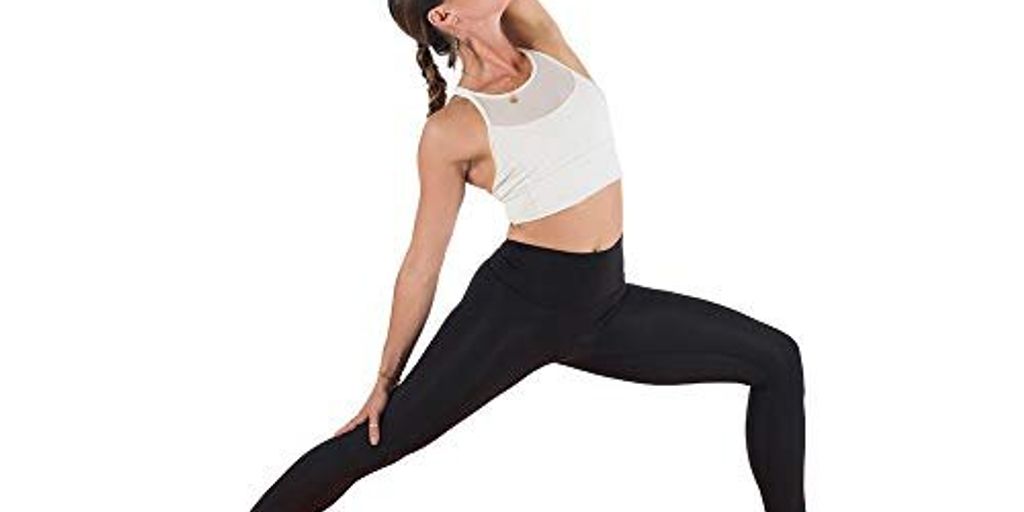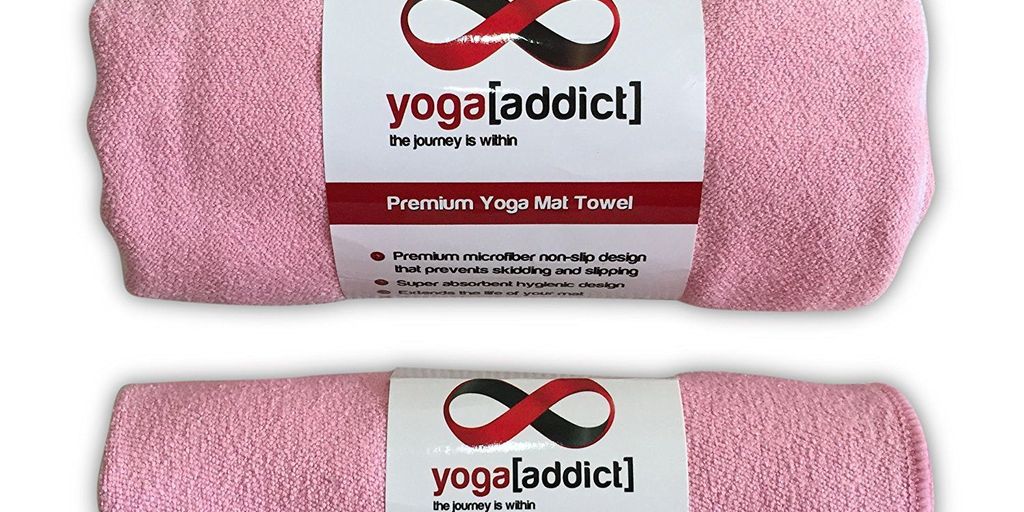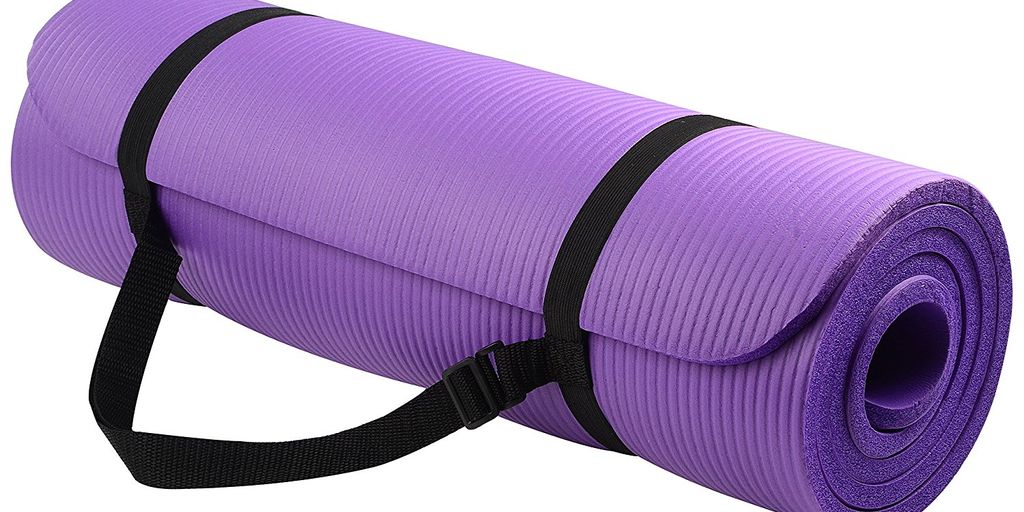
Choosing the Right Material for Your Yoga Mat: A Comprehensive Guide
Choosing the right yoga mat material can make a big difference in your practice. With so many options available, it can be confusing to know which one to pick. This guide will help you understand the different materials, their benefits, and what to consider for your needs.
Key Takeaways
- Different yoga mat materials offer unique benefits and drawbacks.
- Eco-friendly mats are better for the planet and often use natural materials.
- Durability depends on both the material and how you care for your mat.
- Comfort and support are crucial for a good yoga experience.
- Consider your budget and long-term investment when choosing a mat.
Understanding Different Yoga Mat Materials
Choosing the right yoga mat can be tricky with so many materials available. Each type has its own benefits and drawbacks. Let's explore some common materials used in yoga mats.
Natural Rubber
Natural rubber mats are popular for their excellent grip and cushioning. They are made from renewable resources, making them an eco-friendly choice. However, they can be heavy and have a distinct smell when new.
PVC
PVC mats are known for their durability and affordability. They offer good grip and are easy to clean. On the downside, PVC is not biodegradable and can be harmful to the environment.
TPE
TPE mats are a newer option that combines the best of both worlds. They are lightweight, durable, and offer good grip. TPE is also more eco-friendly than PVC, as it is recyclable and free from harmful chemicals.
Eco-Friendly Yoga Mat Options
Choosing an eco-friendly yoga mat is a great way to support the environment while enjoying your practice. Here are some of the best options available:
Cork
Cork yoga mats are made from the bark of cork oak trees. They are naturally antimicrobial, which means they resist mold and mildew. Cork mats provide excellent grip, especially when wet, making them ideal for hot yoga sessions.
Organic Cotton
Organic cotton mats are soft and comfortable. They are made without harmful chemicals, making them a safe choice for those with sensitive skin. These mats are also biodegradable, so they won't harm the planet when it's time to replace them.
Jute
Jute mats are made from the fibers of the jute plant. They are durable and provide a good grip. Jute is a renewable resource, making these mats a sustainable choice. They are also free from toxic chemicals, ensuring a healthier yoga practice.
Durability and Longevity of Yoga Mat Materials
Wear and Tear
Yoga mats go through a lot of use. One of the best things about rubber yoga mats is how long they last. These mats are tough and can handle a lot of wear and tear. PVC mats are also durable but may show signs of use faster. TPE mats are a middle ground, offering good durability but not as much as rubber.
Maintenance Tips
To keep your mat in good shape, clean it regularly. Use a gentle soap and water mix. Avoid harsh chemicals as they can damage the mat. Store your mat in a cool, dry place to prevent mold and mildew. Roll it up loosely to avoid creases.
Material Lifespan
Different materials have different lifespans. Rubber mats can last for years if taken care of properly. PVC mats may need to be replaced more often. TPE mats offer a balance, lasting longer than PVC but not as long as rubber.
Taking care of your yoga mat can make it last longer, saving you money in the long run.
Comfort and Support: Material Considerations
Thickness and Cushioning
The thickness of a yoga mat plays a crucial role in providing comfort and support. Thicker mats offer more cushioning, which can be beneficial for poses that put pressure on your joints. However, they might be less stable for balance poses. Choosing the right thickness depends on your personal needs and the type of yoga you practice.
Texture and Grip
The texture of a yoga mat affects its grip. Mats with a textured surface provide better traction, which helps prevent slipping during poses. Natural rubber mats are known for their excellent grip, while PVC mats offer unmatched stickiness and support. Consider the texture that feels best for your practice.
Temperature Regulation
Some materials can retain heat, making your practice uncomfortable. Mats made from natural fibers like cotton or jute tend to be more breathable and can help regulate temperature better. This is especially important for hot yoga sessions.
Finding the right balance between comfort and support is key to enhancing your yoga practice. Choose a mat that meets your needs and feels good to use.
Allergy Concerns with Yoga Mat Materials
Hypoallergenic Options
When choosing a yoga mat, it's important to consider hypoallergenic options. These mats are designed to minimize allergic reactions. Natural rubber and organic cotton are popular choices for those with sensitive skin.
Common Allergens
Some yoga mats contain materials that can trigger allergies. PVC mats, for example, may contain phthalates, which can cause skin irritation. It's crucial to check the material composition before purchasing.
Skin Sensitivity
People with sensitive skin should be cautious about the materials in their yoga mats. Opt for mats that are free from harsh chemicals and dyes. Regular cleaning can also help reduce the risk of skin reactions.
Always consider your skin's sensitivity when selecting a yoga mat to ensure a comfortable and safe practice.
Cost vs. Value: Investing in the Right Yoga Mat Material
Budget-Friendly Choices
When choosing a yoga mat, it's important to consider your budget. Affordable mats can still offer good quality and durability. Look for materials like PVC or basic TPE, which are often less expensive but still provide decent performance.
Premium Materials
If you're willing to invest more, premium materials like natural rubber or cork offer enhanced comfort and longevity. These mats often have better grip and cushioning, making them ideal for serious practitioners.
Long-Term Investment
Think about the long-term value of your yoga mat. Spending a bit more upfront can save you money in the long run. High-quality mats tend to last longer and perform better over time, reducing the need for frequent replacements.
Investing in a high-quality yoga mat can enhance your practice and provide better support, making it worth the extra cost.
Sustainability and Environmental Impact of Yoga Mat Materials
Biodegradability
When choosing a yoga mat, it's important to consider how long it will take to break down after you're done using it. Natural materials like cork, jute, and organic cotton are great because they break down faster and don't harm the environment. On the other hand, mats made from PVC can take hundreds of years to decompose.
Recyclability
Some yoga mats can be recycled, which helps reduce waste. For example, TPE mats are often recyclable. If you want to be eco-friendly, look for mats that can be recycled at the end of their life. This way, you can practice yoga and help the planet at the same time.
Manufacturing Processes
The way a yoga mat is made also affects the environment. Mats made from natural rubber or organic cotton usually have a smaller carbon footprint. This is because they use fewer chemicals and less energy during production. In contrast, PVC mats often involve harmful chemicals and more energy, making them less eco-friendly.
Choosing the right yoga mat is not just about comfort and grip. It's also about making a choice that aligns with your values and helps protect the planet.
Yoga mats come in many different materials, each with its own impact on the environment. Choosing the right one can make a big difference. Want to learn more about how to pick the best eco-friendly yoga mat? Visit our website for more information and to explore our wide range of sustainable yoga mats.
Conclusion
Choosing the right yoga mat material is important for your practice. Whether you prefer the grip of natural rubber, the eco-friendliness of cork, or the comfort of foam, each material has its own benefits. Think about what matters most to you, like grip, comfort, or sustainability. By understanding the pros and cons of each type, you can make a choice that will help you enjoy your yoga sessions even more. Remember, the best mat for you is the one that meets your needs and makes you feel good during your practice.
Frequently Asked Questions
What is the best material for a yoga mat?
The best material depends on your needs. Natural rubber is eco-friendly and provides good grip, while PVC is durable and affordable. TPE is a good middle-ground option.
Are eco-friendly yoga mats worth it?
Yes, eco-friendly mats like those made from cork or organic cotton are better for the environment. They might cost more, but they are worth it if you care about sustainability.
How can I make my yoga mat last longer?
To make your yoga mat last longer, clean it regularly and store it away from direct sunlight. Following the care instructions can also help.
What should I do if I have allergies?
If you have allergies, look for hypoallergenic mats. Avoid materials like latex if you are allergic to them. Always check the material before buying.
Is it okay to invest in a pricey yoga mat?
Investing in a high-quality yoga mat can be a good idea if you practice regularly. Premium mats often offer better durability and comfort.
Can yoga mats be recycled?
Some yoga mats can be recycled, especially those made from natural materials. Check the recycling guidelines in your area to be sure.


